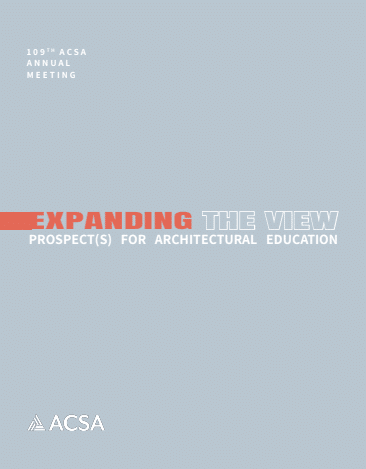Author(s): Constance Vale
Images play a central role in contemporary culture, and it is crucial that architects understand, control, and engineer their political forces.¹ From hyper-real simulations to machine vision, the structure and way that images are mobilized is changing. Photorealistic techniques and data-driven ones are entrusted as “objective” image types, often deployed to represent reality, truth, or facts, when in actuality, they can be used to call those into question through critical narratives. This paper investigates the potential of images to cultivate conversations about emerging technology’s implications in architecture. A pedagogical case study is put forward that frames critical, image-based narratives used in the examination of social, political, economic, or ecological issues within an urban territory. Each project addresses how the territory might interface with a selected emerging technology, including artificial intelligence (AI), autonomous vehicles (AVs), drones, automation, and augmented reality (AR). “Objective” image types are examined—both historical ones like construction documents, patent drawings, and diagrams, and contemporary ones like satellite imaging, video games, LiDAR, and photogrammetry—to foreground the following questions. How does architecture, a field tasked with confronting the “real,” contend with the complex overlap of virtual and physical realms? How might our projections of future “realities” take on political positions rather than respond to the desires of capital?
https://doi.org/10.35483/ACSA.AM.109.57
Volume Editors
ISBN
978-1-944214-37-1

 Study Architecture
Study Architecture  ProPEL
ProPEL 
